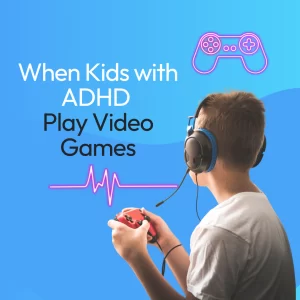We know 1 out of 5 young people experience bullying. What we really need to know is what can we do about it. Bullying prevention is difficult because it can be difficult to know what we are looking for. Knowing how to intervene when we see something that we believe to be bullying can be even more difficult. It takes a community to engage in bullying prevention. And for those parents, teachers, and friends in that community, here are 10-tips to stop bullying.
- Know what you are looking for: When we know exactly how to define bullying (i.e., Bullying is intentionally hurtful/aggressive behaviors, repeated over time, and directed at a person of lesser power), identifying the behavior is easier to accomplish; however,
- Never ignore behaviors that concern you: Even if you may not be able to fully determine if a behavior between two people is bullying, never assume that something is harmless if you find yourself concerned. Something that may seem benign to you may not be. Take time to reassure the victimized student that you are there for them, and if they need anything you are there to explore options with them.
- Remain engaged and connected: One of the best ways to determine if someone may be experiencing bullying is to engage young people on a daily basis and ask open-ended questions that encourage conversation (e.g., “How was your day?” is a question that can, as any parent will tell you, be answered in one word: “Good.” Compared with a question like: “What was the best part of your day,” or “what kinds of things did you learn about today in school?”).
- If you see bullying, act immediately: Intervene as soon as you can if you believe that there may be a problem between two students. Similarly, if you are a student experiencing victimization reach out for help immediately. Intervene as quickly as you can when you witness someone else being bullied. Bullying is not “kids being kids.” Victims and perpetrators of bullying both are vulnerable to lasting and negative consequences associated with bullying.
- Remain calm: When you intervene, try not to escalate the situation or attempt to argue the facts in the moment. The goal of the moment of intervention is not to solve the crisis, it is to stop it safely. Separate the two, or more, students directly involved in the bullying and encourage the bystanders to move along to their expected destinations.
- Do not make the students involved work it out in the moment: There is no evidence to support the idea that a forced apology and/or shaking hands will resolve the bullying or change the relationship between the bully and his victim. Explain that bullying is taken very seriously and that you plan on investigating what is going on to get the full picture before deciding what the next steps will be. This will give you time to get more information and decide how to move forward.
- Deal with the students individually: After separating the students involved in the bullying, keep them separate. There is no evidence that putting the bully and the victim together to “work it out” has any benefit. Talk to the bully, victim, and bystanders individually so that everyone can tell their side of the story without fear of repercussions.
- Hold the bystanders accountable: We know that bystanders provide the bully an audience. We also know that bystanders have a significant role in bullying prevention. Explain to the witnesses that bullying is wrong, and the behavior will not be tolerated by the school. Furthermore, bullying should not be tolerated by them either. Encourage bystanders who do not feel safe intervening to tell a trusted adult what they are witnessing without fear of retaliation.
- Make sure that you listen to all parties, and save your judgements until you have all of the information: Imagine you are on a playground where you see one child hit another child. The easy conclusion is that the victim in this case is the child who was hit, and the aggressor/bully is the child who did the hitting. It could be the case that the child who aggressed has spent weeks or months being bullied, and has now retaliated.
- Follow-up: Continued follow-up with both the victim and the bully will ensure that the relationship between the two no longer continues to be corrosive. Using bullying as an attempt to socialize or gain social power is unhealthy for the bully and the victim. Bullying is a maladaptive way for young people to interact with each other, and it cannot be tolerated. Children who bully others need to be taught how to socialize with others in healthy ways.
Spotting bullying is difficult. Stopping it when you see it is even more difficult. Knowing your schools anti-bullying policy is a great first step in bullying prevention. While using the 10-Tips listed above can certainly help support a safe school environment for your students, there are a number of other interventions that may better fit the needs of your particular school. We would love you hear your thoughts about prevention strategies that have been successful for your classrooms. Remember that bullying is not just “kids being kids.” And it is not behavior that we have to accept in our schools and communities.




1 thought on “10-Tips to Stop Bullying”
Pingback: Use conversation to prevent bullying - Stand 4 Kind - Bullying Prevention